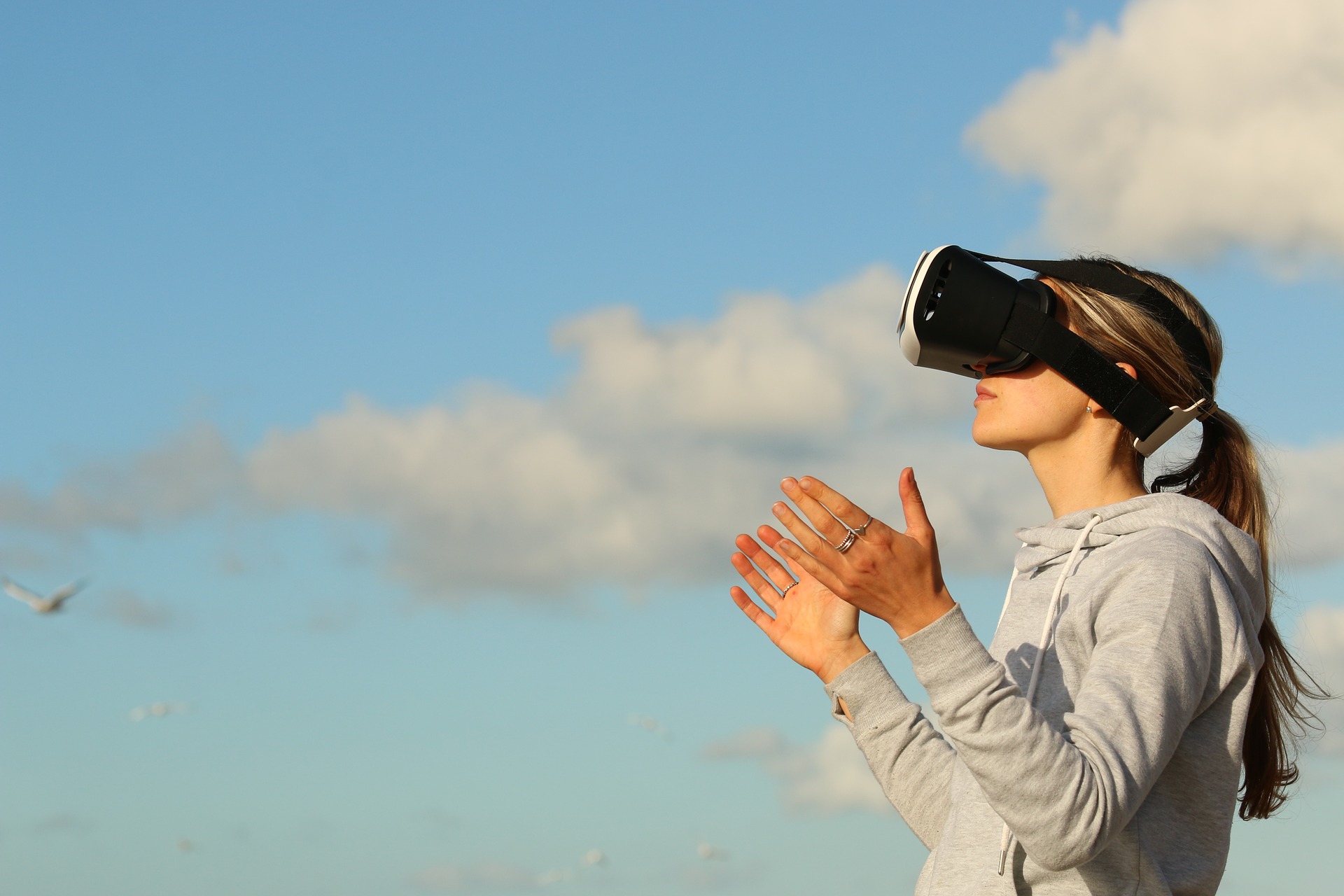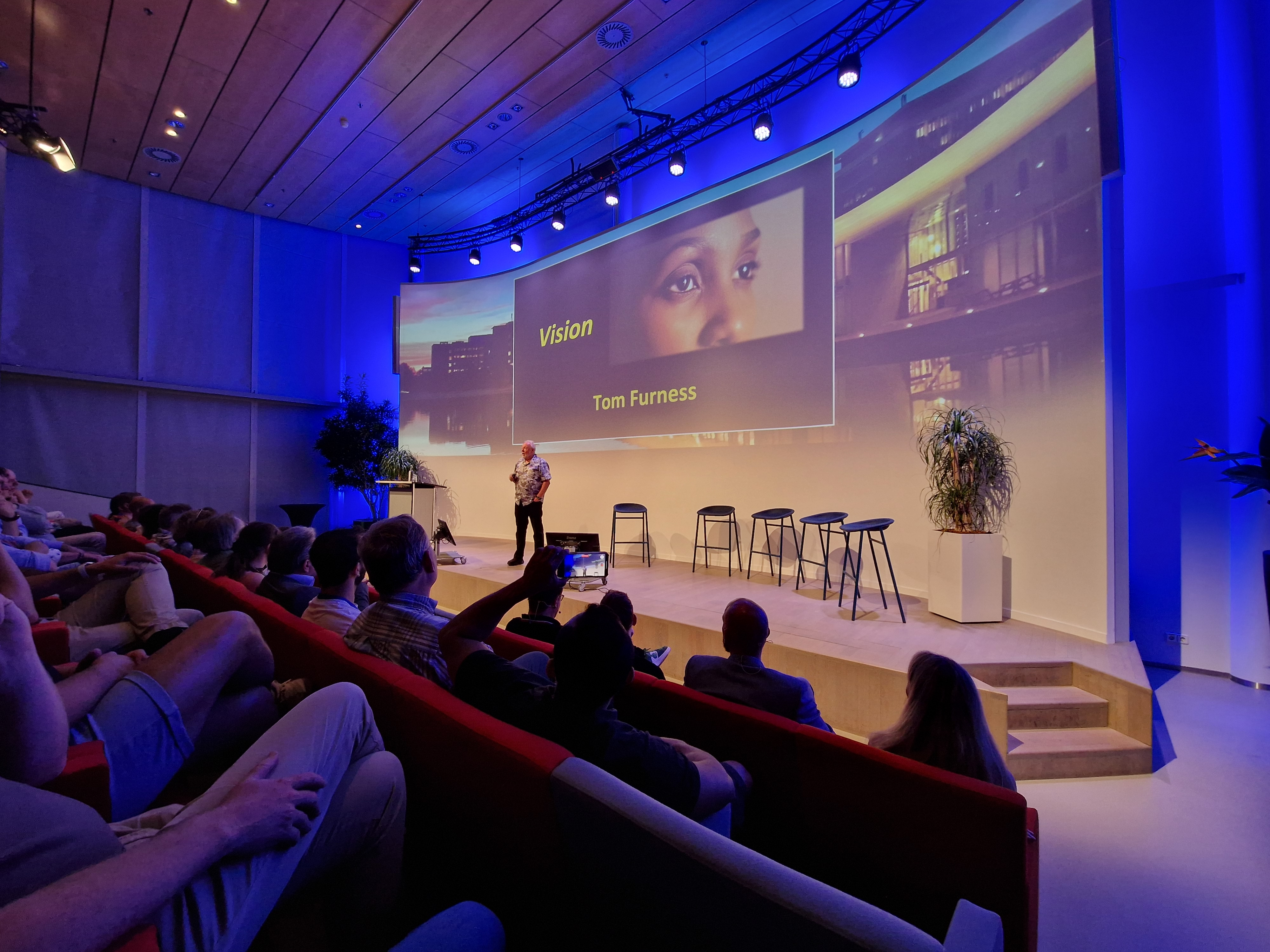
Virtual Reality – as in, immersion in a strange world. Be that sitting in a racing car and competing against other drivers, or going around and around on a roller coaster while in a comfy armchair. Or perhaps simply taking a relaxing walk through the forest. Besides the fun factor, virtual reality can also have a therapeutic effect. Jasmine Ho, a doctoral student at the Department of Cognitive Neuropsychology at the University of Zurich, wants to use these virtual worlds to help people suffering from pain, among other things.
Of course, there is nothing new about the use of VR in medicine. It has been around for some time now as a way to help people with anxiety disorders. This can be done by using simulations. In some hospitals, patients are sent to a virtual world to distract them from pain when their bandages are being refreshed. In her research, Jasmine Ho has now discovered that this immersion in virtual worlds can even have a placebo effect. By merely giving an avatar (a virtual body) a drug for pain, she was able to demonstrate that this was all that was needed to relieve pain.
Gloves on or off?
For this purpose, participants in the experiment were given a glove. This was supposed to protect them from heat thanks to a hypothetical high-tech material. The experiment took place using three different stages of reality. First, the subjects put on a genuine glove. In stage two, they saw that they put the glove on while wearing a pair of VR glasses. In this case, however, it was just a virtual glove that they put on. In stage three, where the test subjects were completely immersed inside a virtual world, just the avatar got a glove. So, the test subjects knew that the glove wasn’t real. Nevertheless, it was shown that all three gloves had a pain-relieving effect.
“It is remarkably easy to change the way you feel about your own body,” said Jasmin Ho in an interview with journalist and author Simona Ryser, on whose profile of Ho this article is based. ” After only a few minutes in the artificial world, our brain adapts to the physical illusion.”
This is already noticeable at the beginning of a session, as soon as the test persons put on the VR glasses. They are then asked to move a leg. This movement is transmitted to the avatar via sensors so that the avatar makes the same movement and the person perceives the avatar as their own body.
As a man you could explore yourself in the form of a woman and vice versa. You would be able to see yourself as a person of a different color to your own. Or even see yourself in the body of an older person,
Jasmine Ho explained. As an example, a study by Stanford University showed that people were able – at least temporarily – to overcome previously held prejudices and negative attitudes towards others.
Body image can be improved
Jasmine Ho’s goal is to help people with chronic pain and thereby possibly reduce the use of painkillers. It is known that these patients have a distorted sense of their own bodies. And that they, to give an example, perceive a painful arm as ‘heavy, inflamed, red hot, or swollen.’ That’s why she wants to “create a kind of platform on which various kinds of avatars are available that allow someone to positively change their own body image. And perceive their arm as being more supple that way, for instance.”







